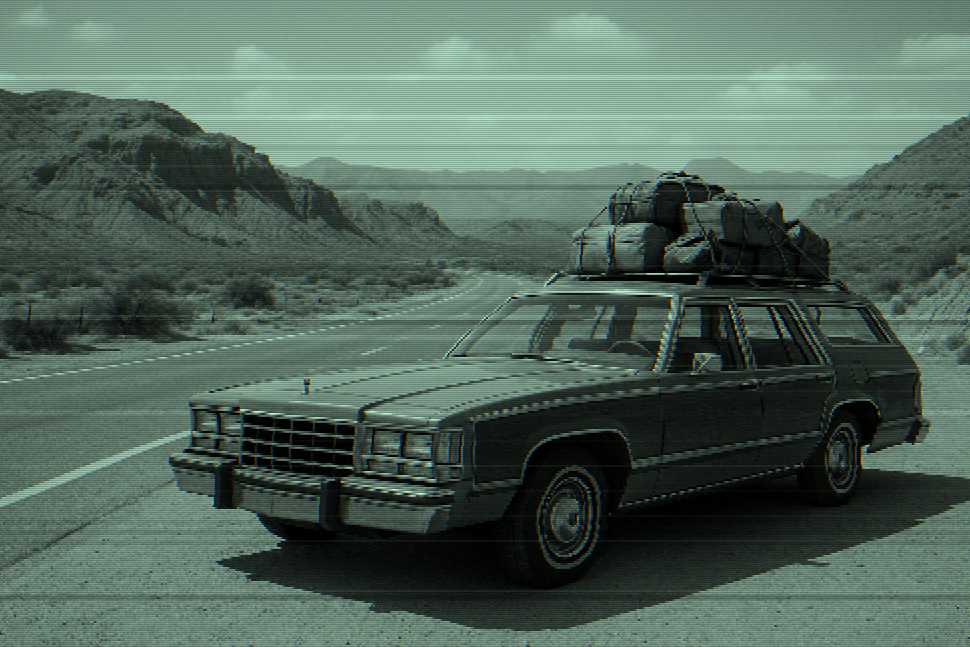
National Lampoon’s Vacation 1983
This transmission documents a human male’s attempt to transport his family across a continent in order to reach a recreational compound called “Walley World.” The journey is intended to be joyful and restorative, but quickly descends into a series of increasingly disastrous events that are treated as character-building rather than disqualifying.
The male, Clark, insists on driving a large, malfunctioning vehicle through multiple states, ignoring better options such as aircraft or cancellation. He is committed to the experience of “making memories” — a phrase humans use to justify extended exposure to frustration. His mate and offspring show signs of resistance early, but eventually become numb.
Obstacles include mechanical failure, financial setbacks, death of an elderly passenger, poor navigation, and a romantic distraction involving a woman in a red vehicle who serves no narrative function other than to tempt and humiliate. None of these events deter Clark. He appears fueled by a delusional adherence to optimism and a rigid itinerary.
When the family finally reaches Walley World, the park is closed. This triggers a psychological shift. Clark obtains a firearm (later revealed to be non-functional), takes an employee hostage, and forces the family to experience the park’s attractions by coercion. No long-term consequences follow.
Conclusion: Humans believe that the value of an experience increases with suffering. They will endure misery in pursuit of joy, and often confuse exhaustion with accomplishment. Once committed to a plan, they resist correction, even when all data suggests retreat.
If this record is representative, humans will tolerate chaos, loss, and minor felonies for the promise of brief amusement. Nebulon may achieve infiltration by posing as an entertainment provider with ample parking.
